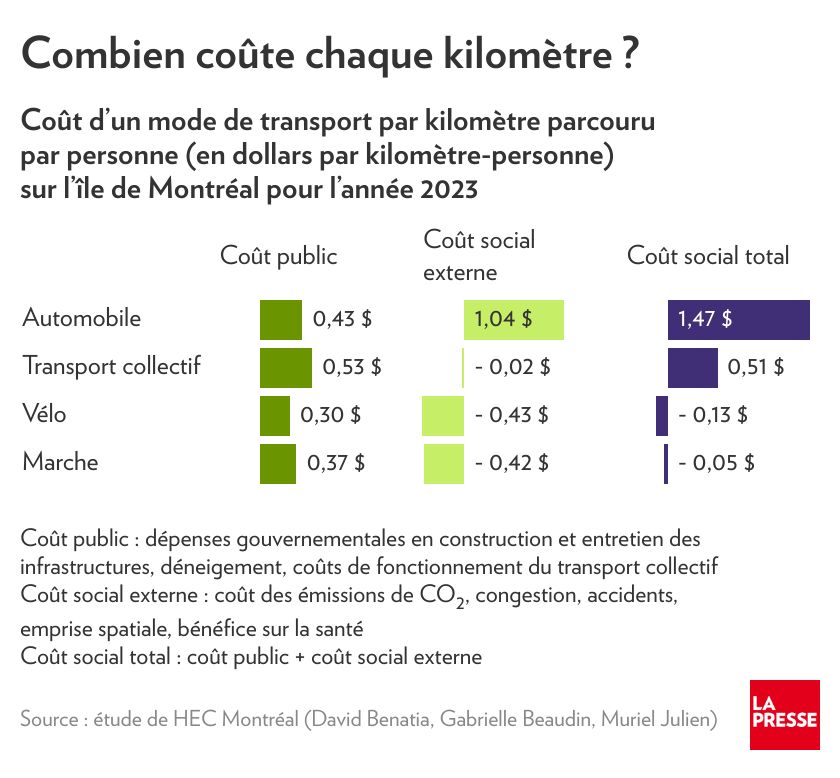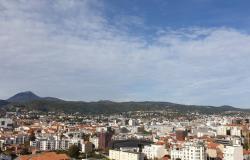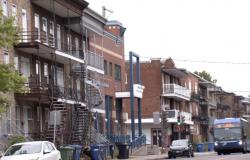Disclaimer: this is not a column against you, dear motorists.
Posted at 2:30 a.m.
Updated at 6:00 a.m.
You love your car. You are not alone: Montrealers make 56% of their trips by car, this powerful symbol of freedom in the collective North American imagination since the 1950s.
Except that this feeling of freedom comes at a huge cost. For the motorist’s wallet. For state finances. For society in general.
An economics professor, David Benatia, and two students from HEC Montréal, Muriel Julien and Gabrielle Beaudin, wanted to know exactly how much each mode of transportation cost society on the island of Montreal.1. This is the first time that such an exercise has been carried out in such an exhaustive manner in Quebec.2.
Their conclusion: when we calculate everything, the Montreal motorist costs society approximately three times more than the user of public transport. The gap is even greater with cycling and walking.
Let’s start with public costs for governments.
When we talk to it about public transport, to justify the fact that it has not authorized any new major projects since 2018 (the Quebec City tramway was authorized by the Couillard government), the Legault government often responds that the projects are very expensive.
However, per user, roads cost the State almost as much as public transport. A Montreal motorist costs the State $2,595 per year, a public transit user, $2,543.
These amounts include all direct government expenditures (depreciation on the construction of roads and transportation networks, annual maintenance costs, snow removal, operating costs of public transportation, etc.)3.
A cyclist costs almost nothing in direct government spending: $786 per year. A pedestrian, only $210.

PHOTO SARAH MONGEAU-BIRKETT, LA PRESSE ARCHIVES
A cyclist only costs $786 per year in direct government spending.
But direct government spending is only part of the equation.
We must also consider the external social cost of each of these modes of travel, that is to say the cost of pollution4congestion (lost time and additional pollution), accidents, health benefits and the value of land devoted to each mode of transport5.
The external social cost of the car is enormous: $6,419 per motorist per year.
A user of public transport does not have an external social cost, but rather external social benefits. Cycling is particularly beneficial for your health.
Conclusion ?
In all, the total social cost of a motorist is approximately $9,014 per year to society.
This is huge compared to a public transit user, who costs society $2,449 per year.
For cyclists and pedestrians, the health benefits outweigh all other costs. A cyclist brings in $338 per year to society and a pedestrian, $28.
Do you think it would be fairer not to take into account the value of the space devoted to roads? In this case, the total social cost of the car is approximately $7,000.
The car is used more often
Yes, but you can’t do 100% of your trips on foot and by bike! This is an excellent point.
In terms of kilometers, Montrealers make approximately 56% of their trips by car, 40% by public transit, 2.3% by bike and 1.8% on foot.
Per person-kilometer, the State devotes a little more in government spending to public transportation ($0.53 per person-kilometer) than to roads ($0.43 per person-kilometer). But the external social cost of the car is immense. Result: even taking into account the number of kilometers traveled, the total social cost of the car is approximately three times greater than that of public transport.

The cost to you
The car is also very expensive for its user: around $3,550 per person per year. The public transit user pays $580 per year.
Does the car allow you to get around Montreal more quickly? Sometimes it’s true. Sometimes, no. It depends on congestion and the public transport offer. An F1 car caught in traffic is slower than a bus on a reserved lane.
And we pay extremely dearly for this relative speed of the car as a society.
Including user expenses, government expenses and social expenses, a Montreal motorist costs approximately $14,730 per year, a public transit user, $7,440, a cyclist, $2,430 and a pedestrian, $2,050.

PHOTO JOSIE DESMARAIS, LA PRESSE ARCHIVES
Including user expenses, government expenses and social expenses, a pedestrian costs $2050 per year, the lowest cost.
The car is therefore not a very efficient way to get around the island of Montreal. It would be better to have public policies aimed at encouraging collective and active transportation.
This does not mean forcing people to get on their bicycles from Sainte-Anne-de-Bellevue to downtown Montreal in February. We’re not crazy full time.
This means investing more in public and active transportation, in order to offer citizens attractive, efficient and economical options. As a bonus, these investments would reduce congestion in the metropolis.
Reminder: in its infrastructure budget for the next 10 years, the Quebec government plans to invest 2.5 times more money in roads (34.5 billion) than in public transport (13.8 billion).
“We decide to put the money on the car, even though it’s not a good idea. Good budgetary management would mean offering people transportation choices,” says Muriel Julien, one of the co-authors of the study.
The HEC Montréal study was limited to the island of Montreal, the only Quebec city where the data is sufficiently precise to make such calculations. It is also the most densely populated Quebec city and the one with the most developed public transportation network.
What works in Montreal will not work in Sept-Îles, that’s obvious.
But the conclusions of this study are so clear that they undoubtedly apply to most cities such as Quebec, Laval, Longueuil, Gatineau, Sherbrooke, Trois-Rivières and Saguenay. “If we had efficient public transportation, we would probably have roughly the same results,” says co-author Gabrielle Beaudin.
1. Consult the study “Mobilité Montréal” by David Benatia, Muriel Julien and Gabrielle Beaudin
2. There was a study for Quebec City in 2021, but with a different and less precise methodology.
3. I adjusted the official study figures to remove the cost of roads paid by vehicle registration fees ($255 per motorist per year).
4. The study authors used the social cost of carbon determined by the federal government, at $473 per ton of CO2. The price on the Quebec Carbon Market is currently $53. If we use this last figure, the external social cost of the car is reduced by approximately $500 per year.
5. We use the depreciated value over 25 years, and the researchers subtracted the value of the roads attributable to the transportation of goods (3% of trips).
What do you think ? Participate in the dialogue










